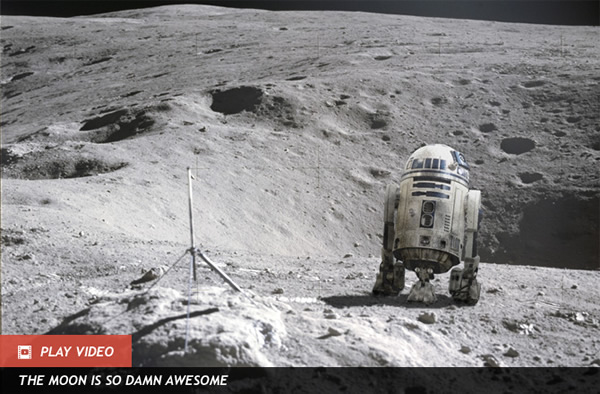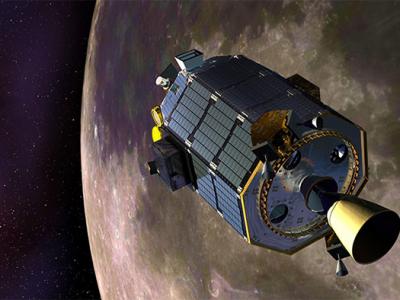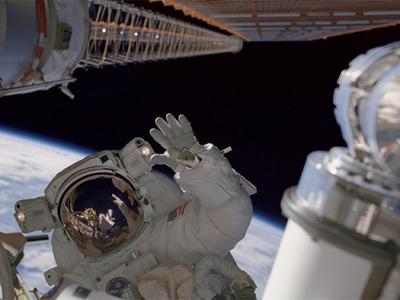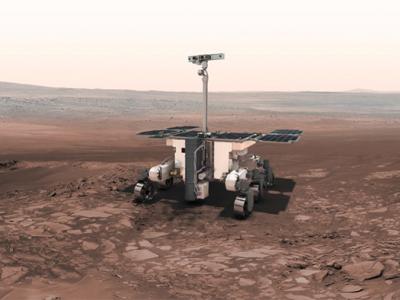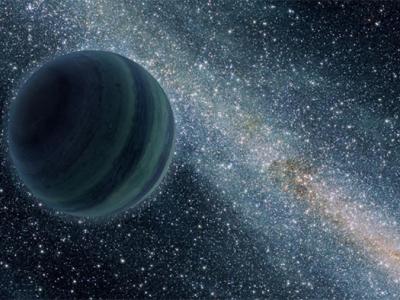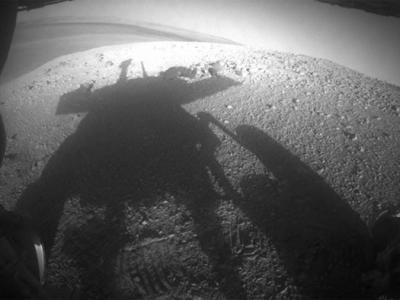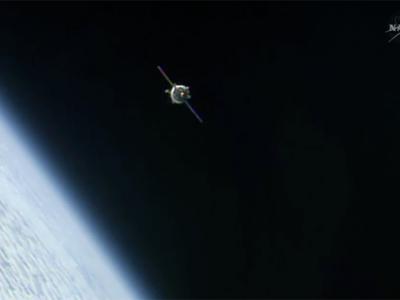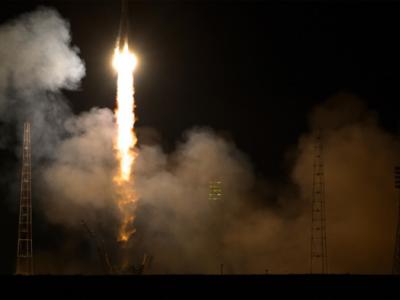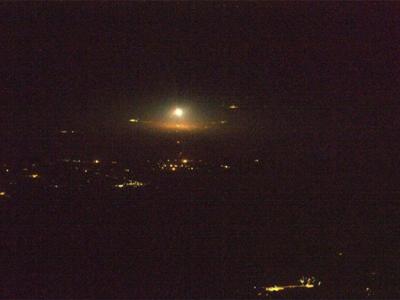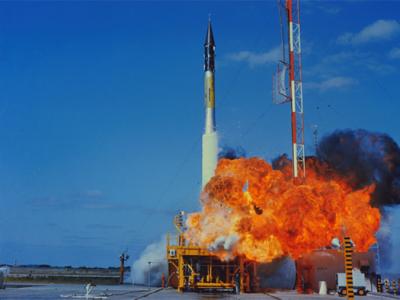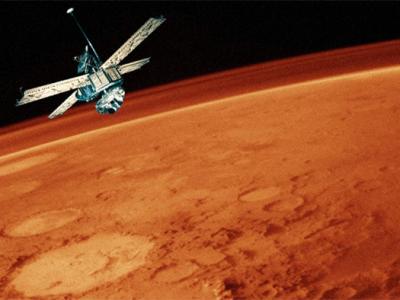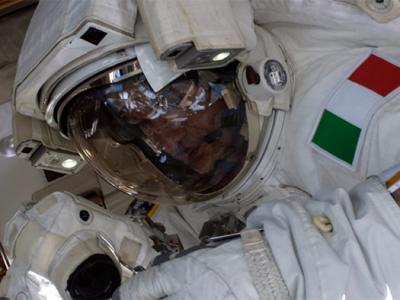Why R2-D2 Would be the PERFECT Moon Rover
Click here to see full-resolution version. Credit: NASA/Corbis/Ian O’Neill
There’s no denying it, Star Wars’ cute robotic sidekick R2-D2 is probably one of the coolest and most famous sci-fi heroes. And now it seems the three-legged robot has inadvertently become the perfect design for future moon rovers! Well, kinda.
Last week at the National Astronomy Meeting (NAM2013) in St. Andrews, Scotland, Farideh Honary of the University of Lancaster discussed her research into the problem of moon dust.
Ever since humans started exploring the lunar surface, the tricky dusty surface has posed an interesting hurdle. Apollo astronauts often reported being covered in the electrostatic dust that would attach itself to equipment and spacesuits, making it impossible to keep out of the lunar module. Obviously, this is of huge concern for future long-duration missions to the moon’s surface — the health implications of dust contamination are, so far, unknown.
This issue isn’t restricted to human health. Robotic missions get caked in dust, causing instrumentation problems and coated solar panels.
From our robotic experience on Mars, dust is also a concern — solar powered surface missions are especially vulnerable, red dust buildup on solar arrays severely impact the amount of sunlight that can be converted into power. However, the situation on the moon is far more acute; the electrostatic charge cannot discharge in the atmosphere-less environment. What’s more, between day and night on the moon (at the ‘terminator’), electric charge buildup can levitate the dust, causing it to cover everything.
“Both the moon and Mars have dust but the difference is their atmosphere,” Honary told Astronomy Now. “The atmosphere on Mars has a mitigation effect since charged dust particles can lose their charge to the neutral molecules that make Mars’ atmosphere.” Also, as noted by Astronomy Now’s Keith Cooper, the greater gravity on Mars limits the height the Mars dust levitates.
So, Honary simulated the moon at day and at night. A model rover was added to the simulation. During full daylight, the levitated dust would drift away from the rover, but at sunrise or sunset, the dust would accumulate right above the rover, covering it. As lunar day and night lasts 14 days, sunrise and sunset happens over an extended period, making this a long-period, dusty problem.
So how does R2-D2 fit into this?
Honary pointed out that a fairly simple solution could be used for future moon exploration. Any rover or lander with a dome shape could avoid excessive dust buildup as it settles onto the surface after being levitated at sunrise and sunset. And which “rover” do we know already exists in popular culture?
It seems that far from being a “stupid little short-circuit” (as C-3PO cursed in “Star Wars: A New Hope”), R2-D2 is in fact a brilliantly-designed lunar explorer (although its method of roving will need to be modified — three wheeled legs probably wouldn’t roll too far).(Jul 9, 2013 03:22 PM ET // by Ian O'Neill)
